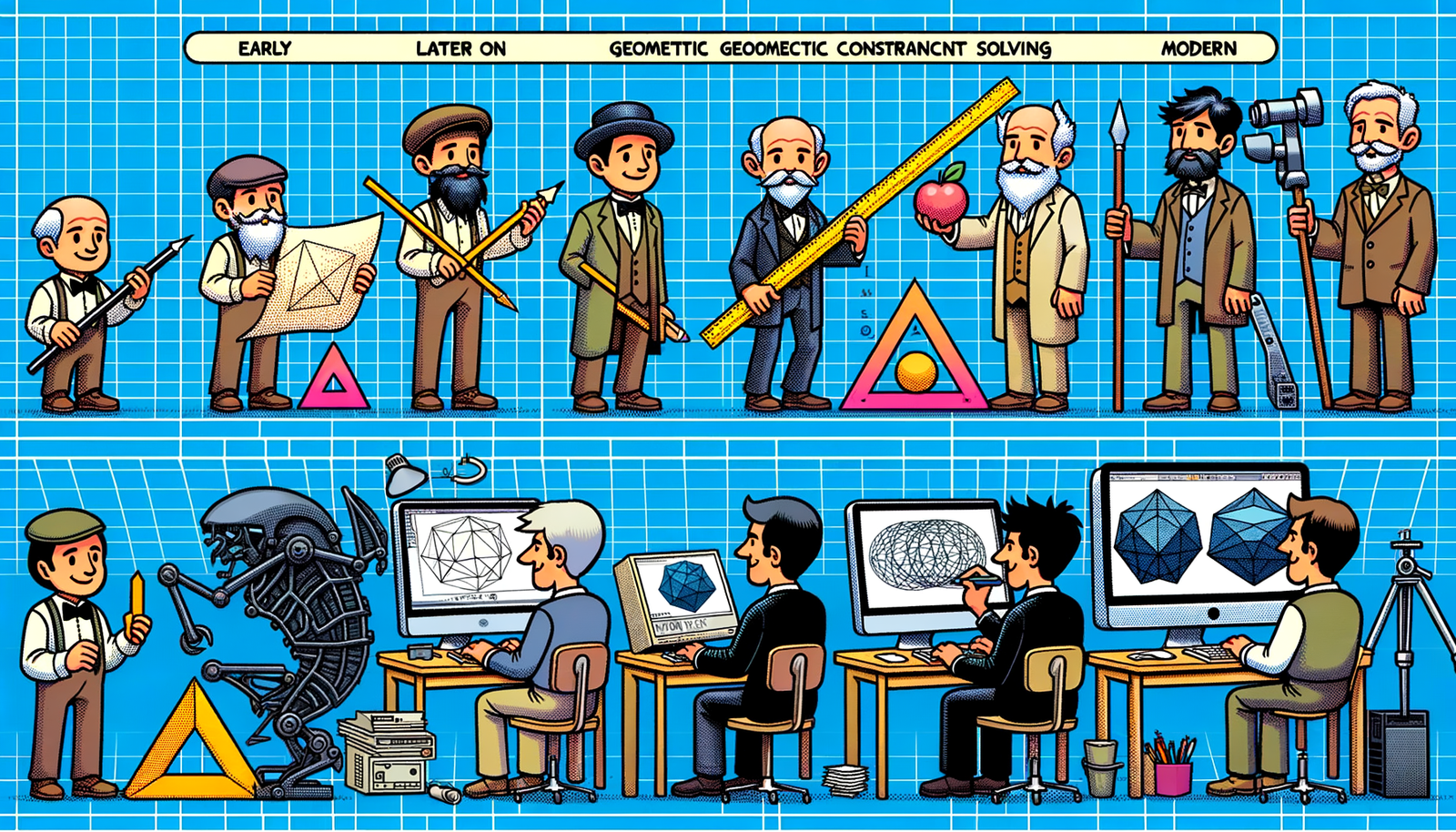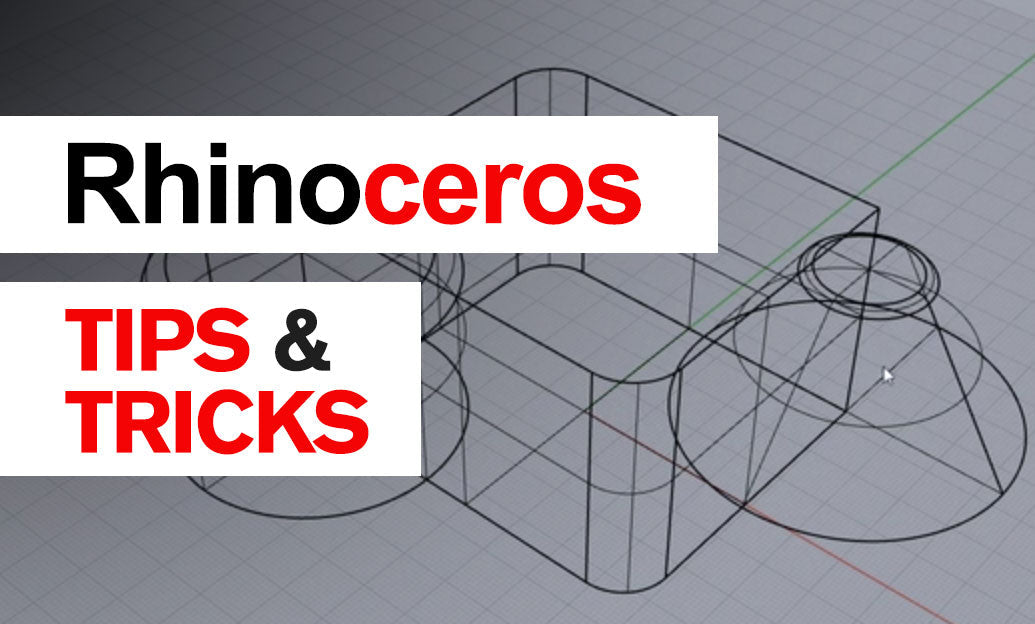Your Cart is Empty
Customer Testimonials
-
"Great customer service. The folks at Novedge were super helpful in navigating a somewhat complicated order including software upgrades and serial numbers in various stages of inactivity. They were friendly and helpful throughout the process.."
Ruben Ruckmark
"Quick & very helpful. We have been using Novedge for years and are very happy with their quick service when we need to make a purchase and excellent support resolving any issues."
Will Woodson
"Scott is the best. He reminds me about subscriptions dates, guides me in the correct direction for updates. He always responds promptly to me. He is literally the reason I continue to work with Novedge and will do so in the future."
Edward Mchugh
"Calvin Lok is “the man”. After my purchase of Sketchup 2021, he called me and provided step-by-step instructions to ease me through difficulties I was having with the setup of my new software."
Mike Borzage
Revit Tip: Maximizing Realism in Revit Models Through Advanced Material and Texture Techniques
June 26, 2024 2 min read

Enhancing the Realism of Your Revit Projects with Materials and Textures
Understanding how to effectively use materials and textures is crucial to adding realism and depth to your Revit models. Here are several key strategies to help you enhance the visual quality of your projects:
- Using High-Quality Textures: The foundation of any realistic material is a high-quality texture. Consider sourcing textures from reputable online libraries or creating your own using photographs. Ensure the resolution is high enough to avoid pixelation but balanced to not overburden your Revit model's performance.
- Material Libraries: Organize your materials within Revit's libraries for ease of access and to maintain consistency across your projects. This also simplifies the process of updating materials as needed.
- Reflectivity and Transparency: Adjust the reflectivity and transparency settings to simulate real-world properties of materials. Glass should have higher transparency and reflectivity, while surfaces like concrete will have less.
- Bump Maps: Utilize bump maps to add depth to textures. Bump maps simulate relief on surfaces, giving a more realistic appearance especially in lighting conditions that produce shadows.
- Tiling Patterns: Pay attention to the scale and tiling of textures. Incorrectly scaled textures can detract from the realism of a model. Adjust the tiling to ensure materials such as flooring or brickwork appear as they would in reality.
- Asset Browser: Use the Asset Browser to preview and edit materials, which can be a great time-saver and allow for fine-tuning in real-time.
- Realistic Rendering Settings: Take advantage of Revit's rendering capabilities by setting up realistic lighting and shadow casting to enhance the appearance of materials and textures within your scene.
- Shared Parameters: Apply shared parameters to materials for consistent reporting and scheduling. This ensures that all instances of a material are accounted for in material takeoffs.
- Custom Material Creation: Don't be afraid to create custom materials when the standard library does not meet your needs. Custom materials can be created by combining multiple layers, each with their own textures, reflectivity, and bump maps.
For a comprehensive range of advanced tools and resources, consider NOVEDGE, a leading online software store for design professionals. From plugins to enhance your Revit workflow to a vast selection of software options, NOVEDGE is the go-to destination to empower your design processes.
With careful attention to detail and a thorough understanding of materials and textures, Revit users can create models that not only impress but also provide a more immersive and lifelike experience. Take the time to master these aspects, and the quality of your visual presentations will soar.
You can find all the Revit products on the NOVEDGE web site at this page.
Also in Design News

Bluebeam Tip: Maximize PDF Security and Efficiency with Bluebeam Revu's Flatten Tool
December 02, 2024 1 min read
Read More
Design Software History: Evolution and Impact of Geometric Constraint Solving in CAD History
December 02, 2024 2 min read
Read More
Rhino 3D Tip: Enhancing Scale Modeling Accuracy in Rhino 3D: Essential Tips for Designers and Engineers
December 02, 2024 2 min read
Read MoreSubscribe
Sign up to get the latest on sales, new releases and more …


